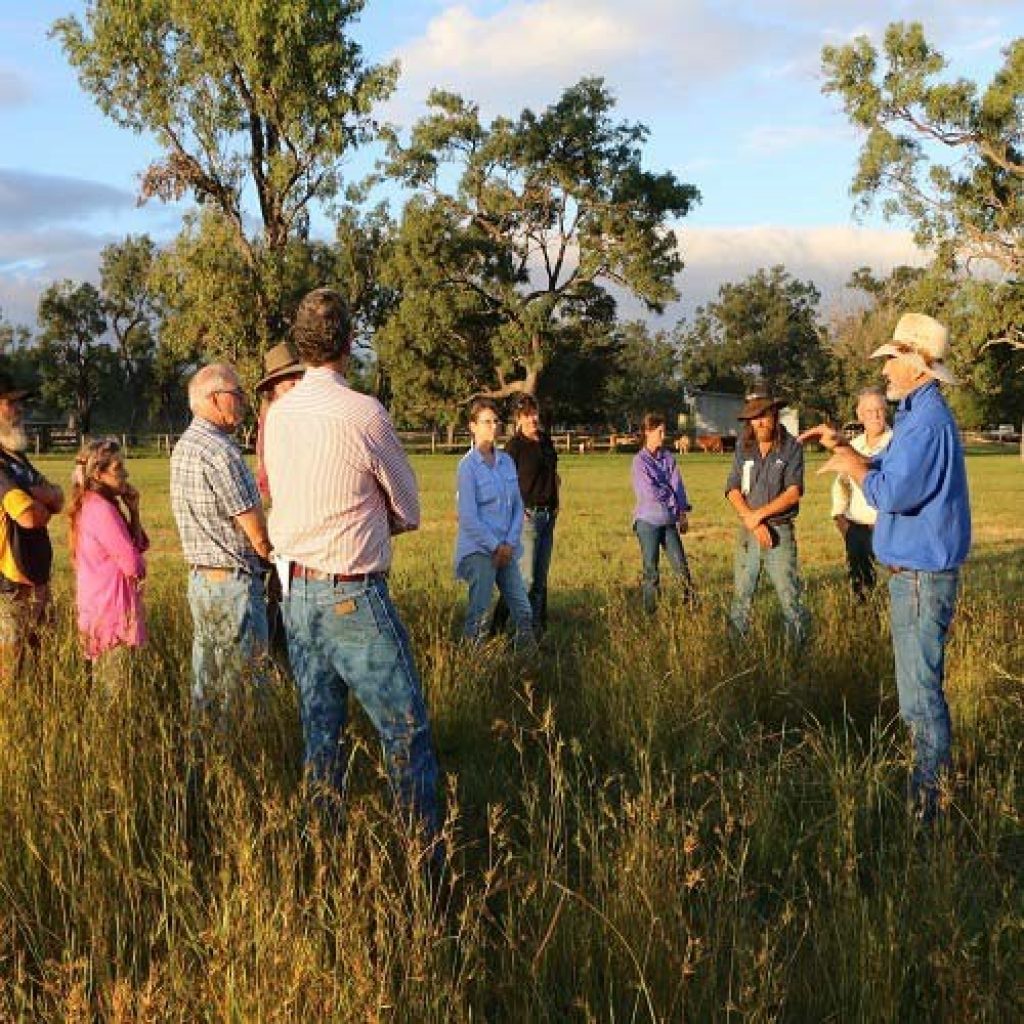NEW FISH HOMES & HIGHWAYS PROJECT ANNOUNCED
$5M INVESTED IN MURRAY & LOWER HERBERT WETLANDS AND COASTAL ECOSYSTEMS
29 OCTOBER 2020
Iconic fish species including Jungle Perch, Barramundi, Mangrove Jack and Tarpon will have a better chance of survival and growing their populations in the Murray and Lower Herbert Basins thanks to a new $5 million project announced by Federal Environment Minister, Sussan Ley.
The project, to be delivered by Terrain NRM, will focus on improving the condition of upstream wetland and nursery areas and on removing barriers that stop juvenile fish moving from spawning areas in the estuaries to nursery areas upstream.
Terrain NRM CEO Stewart Christie said the coastal areas south of Tully to Hinchinbrook include nationally significant wetlands and pockets of endangered coastal ecosystems that are home to an array of bird species as well as fish.
“While both the Murray and Lower Herbert catchments are relatively intact, they are at risk from weeds, feral pigs and other threats, and these need to be managed effectively to maintain the health and condition of these valuable ecosystems.
“We will be working with a large number of partners in the delivery of this project including farmers, landholders, traditional owners, Local Government and local community organisations. The first few months will involve detailed planning and consultation with scientists as well as Traditional Owners and landholders with knowledge of the local landscape.
“Some of the activities that we’ll be undertaking include managing weeds and feral pigs, addressing fish barriers, improving management of drains and farm creeks and getting the community involved in activities such as ‘Adopt a Creek’ or ‘Adopt a Wetland’.”
The Wet Tropics has the highest diversity of fish in Australia with over 80 recorded species. While the habits of many species are not well known it’s estimated that up to 50 per cent of these species need to move between freshwater and estuarine environments for spawning and larval development.

Poor connectivity between freshwater and estuarine environments, along with declines in upstream habitat, are a threat to fish populations and diversity.
Manager of Wet Tropics Waterways Greg Vinall said connectivity of fish habitats is one of the key indicators of waterway health contained in the annual Wet Tropics Report Card.
“Barriers that prevent fish from moving between salt and freshwater can reduce the number, size and diversity of fish throughout the whole system. They can also reduce the ability of predatory species to keep pest fish numbers in check. By removing priority fish barriers, we can have a massive benefit not only to fish, but to the overall health of a waterway,” he said.
Mr Christie welcomed the Australian Government’s $5 million investment into some of our most important coastal ecosystems and estimated that 11 new ‘green’ jobs would be created.
“This is a great example of how government investment in conservation efforts has multiple benefits: it boosts jobs and the local economy while strengthening the health and resilience of our natural assets. And in this case, securing fish populations that benefit local recreational fishermen and the tourism industry,” he said.
RELATED NEWS
Grazing Workshops with Dick Richardson
 Elaine
Elaine
 March 4, 2024
March 4, 2024
Saving endangered mahogany gliders
 Elaine
Elaine
 February 26, 2024
February 26, 2024
Microplastics monitoring
 Elaine
Elaine
 February 1, 2024
February 1, 2024






























